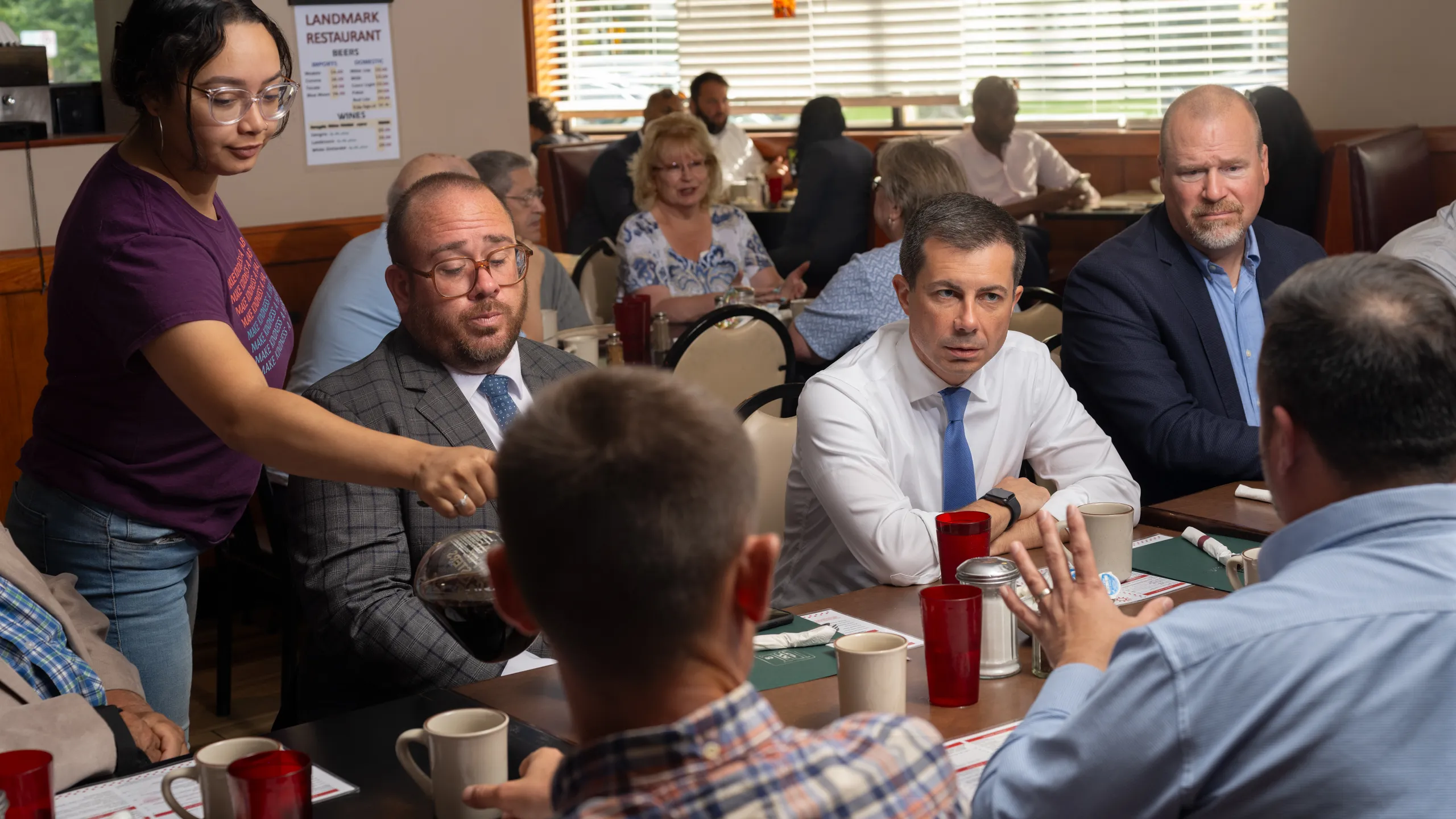
Nobody Noticed This Quiet Shift in American Politics
Josh Shear – Something remarkable is unfolding in the United States, and most people aren’t even aware of it. It’s not plastered across cable news or trending hashtags. But make no mistake this quiet shift in American politics may be one of the most consequential changes in recent memory. Unlike sweeping legislation or fiery debates on Capitol Hill, this shift has crept in through the backdoor, reshaping how power is built, maintained, and challenged in America.
In recent years, political transformation has become more cultural than ideological. Instead of grand speeches or mass protests, it’s happening in local elections, in how younger generations engage with civic systems, and in who gets heard on digital platforms. What was once a two-party wrestling match is increasingly looking like a multi-dimensional chessboard, with new players, new rules, and unexpected outcomes.
One of the most underreported elements of this shift is the move from noisy, headline-grabbing rhetoric to the slow but persistent reshaping of political infrastructure. State legislatures, school boards, and zoning commissions are now battlegrounds where key decisions are made often without national coverage. It is in these overlooked areas that major cultural policies take root.
Activists have figured out that long-term impact comes from persistent presence rather than viral moments. Instead of storming the gates of Washington, many are embedding themselves in local governance, rewriting policy through planning committees, budget allocations, and strategic silence.
This strategy is effective because it avoids direct confrontation, often flying under the radar. And that’s precisely why it’s powerful and dangerous to ignore.
Millennials and Gen Z are also contributing to this quiet shift in American politics by altering what political engagement even looks like. Many young people distrust institutions and traditional media, and are turning to issue-based activism rather than party loyalty. They prefer organizing around causes climate justice, criminal reform, student debt rather than identifying as Democrat or Republican.
Their version of politics is distributed. It lives in group chats, mutual aid networks, independent journalism, and creator-driven platforms like TikTok and Substack. They’re not necessarily showing up at town halls, but they are reshaping narratives, spotlighting policy blind spots, and pushing accountability through direct peer pressure rather than policy memos.
This creates a new type of political influence subtle but widespread, emotional but strategic.
Another element of this quiet transformation is a redefinition of power itself. Traditional power used to mean votes, money, and institutional backing. Now, influence is often measured in virality, relatability, and cultural visibility. A meme or podcast episode can spark more meaningful debate than a political ad campaign.
Political messaging is becoming ambient, embedded in culture rather than isolated in campaign season.
This blending of political identity with everyday lifestyle means that people are absorbing ideological narratives through music, fashion, and online communities often without realizing it. Politics has become more personal, and therefore, more subtle.
While national elections attract headlines and division, the local level has quietly become the new center of gravity. Cities are passing climate ordinances, towns are experimenting with universal basic income trials, and school districts are rewriting education standards with minimal federal involvement.
Because fewer people pay attention to these smaller elections, they’re easier to win with lower voter turnout allowing deeply committed groups to have outsized influence.
This doesn’t mean national politics is irrelevant. But it does mean that the levers of long-term change are being pulled by people with a clear vision and little competition. The rise in school board recalls, housing regulations, and health ordinances during the pandemic further prove how significant local decision making has become.
Traditional media outlets are struggling to keep up with this evolution. Most coverage still focuses on dramatic soundbites, partisan clashes, and polls. What it misses is the incremental yet extremely impactful evolution happening offscreen. The algorithm favors outrage, but real change is often quiet, complicated, and boring.
Until then, audiences will continue to underestimate the shifts occurring beneath their feet.
Political change is no longer confined to the ballot box or the evening news. It’s happening in unexpected places, through subtle movements, and by people who aren’t interested in spotlight only in results.
Staying informed today means looking beyond the noise. Watch what’s happening at your city council. Follow young organizers. Question who frames the narrative and why. Because the next major political revolution may already be here it just hasn’t made the headlines yet.
This website uses cookies.